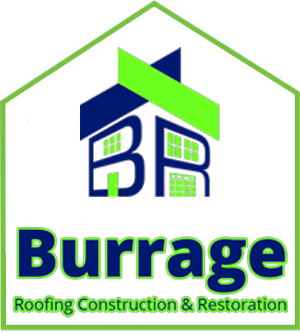Choosing the right roofing material is crucial for a structure’s longevity and performance. Key factors, particularly roof slope, influence this decision. Understanding how pitch interacts with materials enhances energy efficiency and durability, as different angles provide unique performance benefits.
Steep slopes are well-suited for tiles or cedar shakes, promoting water drainage and wind resistance. In contrast, low-pitched roofs benefit from rubber membranes or asphalt shingles. At Burrage Roofing in Davenport, IA, we emphasize making informed choices on roofing materials to improve weather resilience and reduce the risk of costly replacements or maintenance. Our expertise ensures that you select the best roofing solution for your specific slope and needs.
Understanding Roof Slope: What It Means for Your Home
Evaluating roof slope is crucial for architectural decisions. The pitch affects both the aesthetic appeal and material selection of homes. Low-pitched roofs require different materials than steep slopes, impacting durability and energy efficiency.
Building codes often dictate roof pitch based on local weather conditions, especially in areas with heavy rain or strong winds. Proper assessment ensures effective water drainage, minimizing leaks and the need for frequent replacements. Understanding your roof’s angle ultimately contributes to a sturdy and long-lasting structure.
Contact Us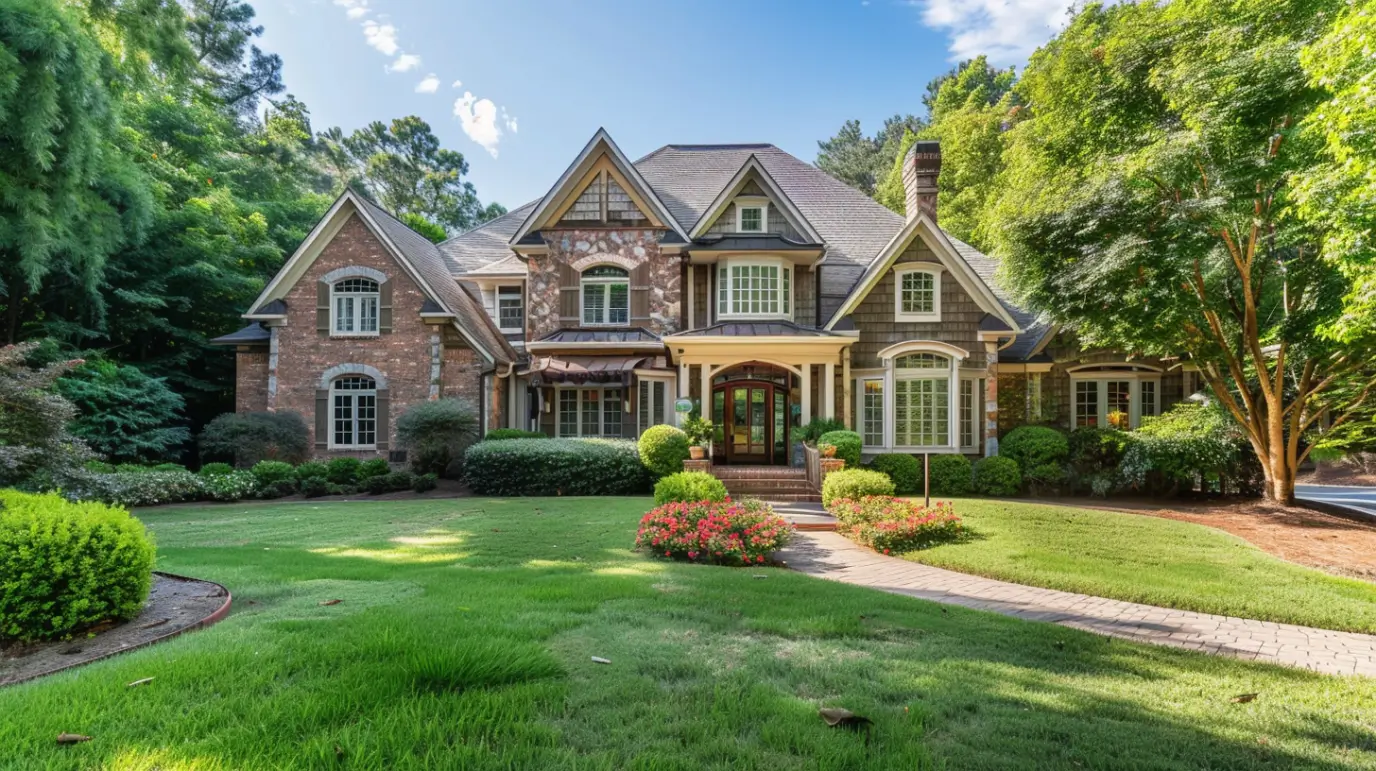
How Roof Slope Is Measured
To determine a roof’s slope, measure the vertical rise over a specified horizontal distance, usually as a ratio or degree. This is typically done by assessing how much the roof rises for every 12 inches of horizontal run, starting from the eave. Accurate pitch measurement is crucial as it affects material choice and design strategy.
For example, steep roofs require different materials than low-slope designs. Understanding the slope also aids in evaluating energy efficiency, drainage, and weather resistance. By measuring pitch accurately, homeowners can choose durable materials that enhance longevity and aesthetics.
The Importance of Roof Pitch in Building Design
Roof pitch is crucial in building design, affecting both functionality and aesthetics. The slope directs water drainage, minimizing leaks and ensuring structural stability. Properly pitched roofs enhance energy efficiency by improving ventilation and airflow, reducing energy costs.
Roof pitch also influences material choices; steeper roofs can support unique materials like metal shingles or clay tiles. This adaptability allows for better weather resistance and complements various architectural styles. A well-considered roof pitch enhances durability, performance, and visual appeal.
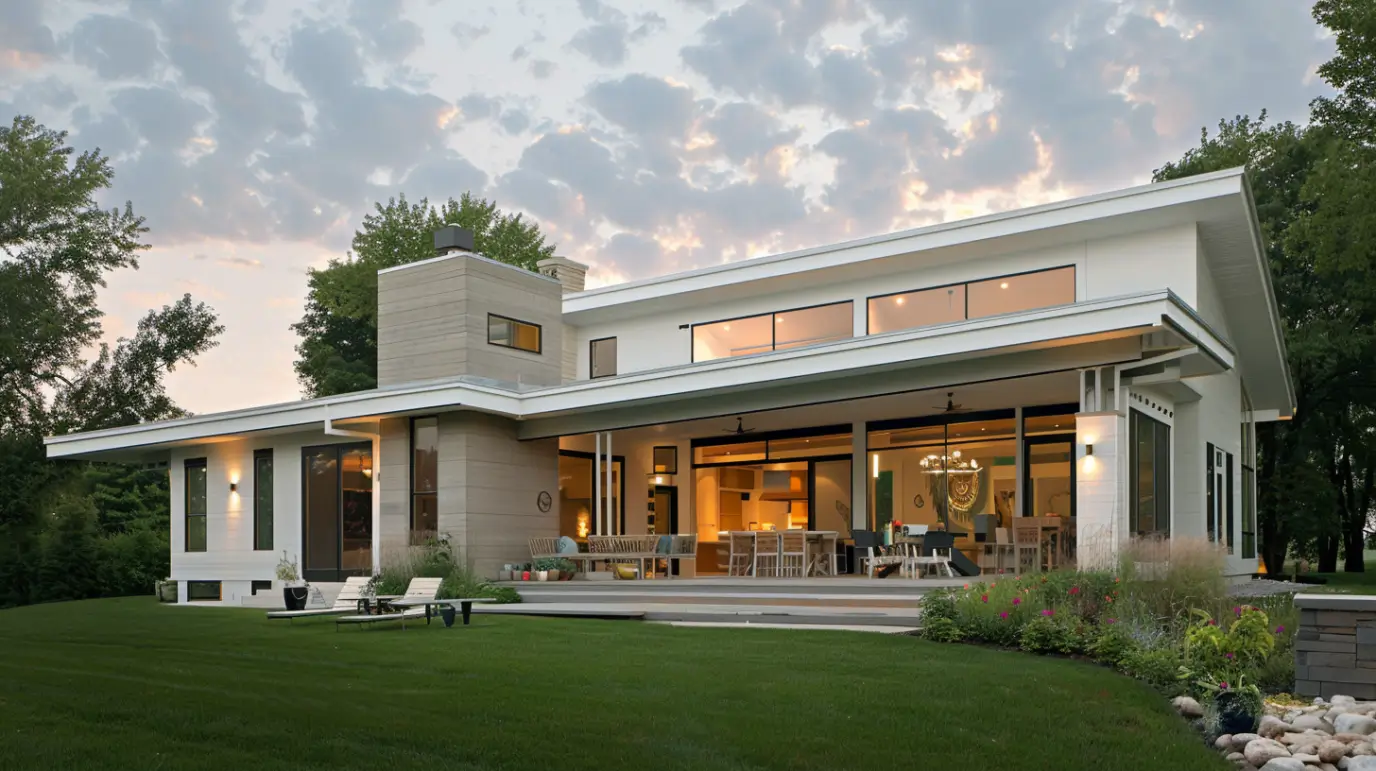
The Relationship Between Roof Slope and Material Performance
The roof’s slope significantly impacts roofing material performance, making durable material selection crucial. Flat roofs retain water longer, necessitating waterproof materials, while steep roofs require materials that withstand strong winds during storms.
Water Drainage and Leak Prevention
Efficient water drainage is crucial for a roof system. Low-slope roofs can trap rainwater, raising the risk of leaks and damage. They require durable waterproof materials like rubber or modified bitumen to effectively manage standing water.
In contrast, steep roofs promote quick water runoff, reducing accumulation risk. Designs like gable roofs allow rain and snow to flow off swiftly, protecting your home during heavy storms.
At Burrage Roofing, we ensure optimal roof design for leak prevention. We address slope issues to keep weather out, preserving your home’s integrity for years.
Wind Resistance and Durability Considerations
Strong winds can pose significant challenges for roofs, but steep slopes offer better resistance. They reduce the risk of uplift and damage during storms. Additionally, using durable materials enhances longevity.
Flat roofs struggle with wind loads, making regular checks and repairs crucial. For a balanced option, medium slopes with metal roofing provide strength, lower installation costs, and adaptability to changing weather.
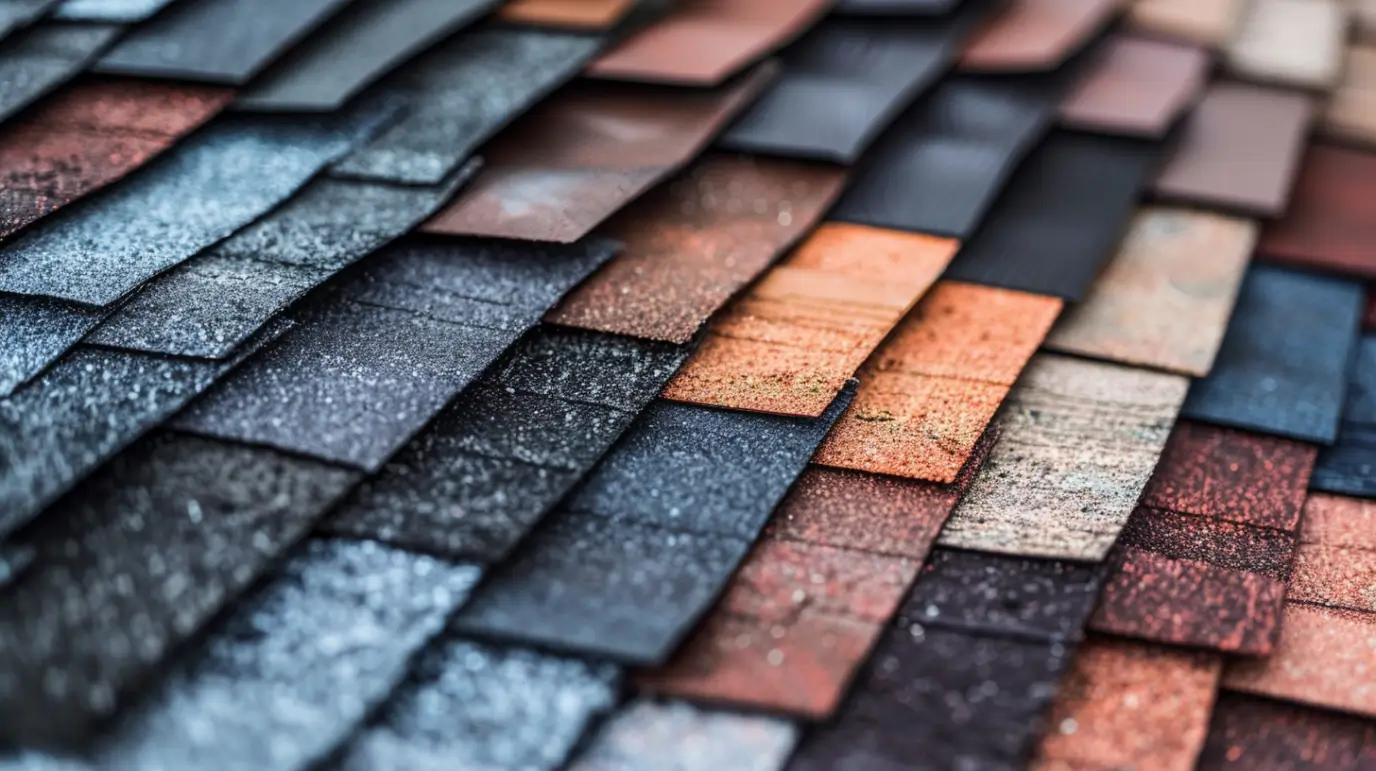
Best Roofing Materials for Low-Slope Roofs
Choosing the right roofing materials for low-slope roofs is crucial for durability and protection. Ethylene propylene diene monomer (EPDM) rubber membranes are an excellent option, known for their durability and weather resistance, effectively managing water drainage while minimizing maintenance.
Hot tar and gravel systems offer traditional robust protection against heavy rain and winds. Meanwhile, TPO (Thermoplastic Olefin) materials are increasingly popular for their energy efficiency and reflective properties. Each material should be selected based on the roof’s pitch and expected environmental challenges to ensure successful installation.
Modified Bitumen and Membrane Roofing Options
Modified bitumen roofing is a flexible and durable choice for low-slope roofs, especially in areas with heavy rain and strong winds. Made from ethylene propylene diene monomer (EPDM) or similar polymers, it can expand and contract with temperature changes, ensuring effective water drainage and leak prevention.
Membrane roofing systems like TPO (thermoplastic olefin) and PVC (polyvinyl chloride) offer significant advantages for commercial and industrial buildings. Their reflective surfaces enhance energy efficiency by lowering cooling costs. Both materials are resistant to UV exposure and punctures, requiring minimal maintenance while providing strong wind resistance across various roof slopes.
Key Installation Considerations for Low Slopes
Installing a strong low-slope roof requires skill and attention to detail. Proper material application and alignment are crucial for longevity and risk reduction.
- Use materials designed for effective water drainage, such as EPDM membranes or TPO.
- Carefully monitor seams to prevent leaks during installation.
- Consider installation costs and future maintenance; choose options that offer long-term savings.
- Adhere to guidelines regarding the roof’s angle and slope for optimal performance and durability.
Burrage Roofing is recognized for its meticulous installations, prioritizing lasting repairs over quick fixes.
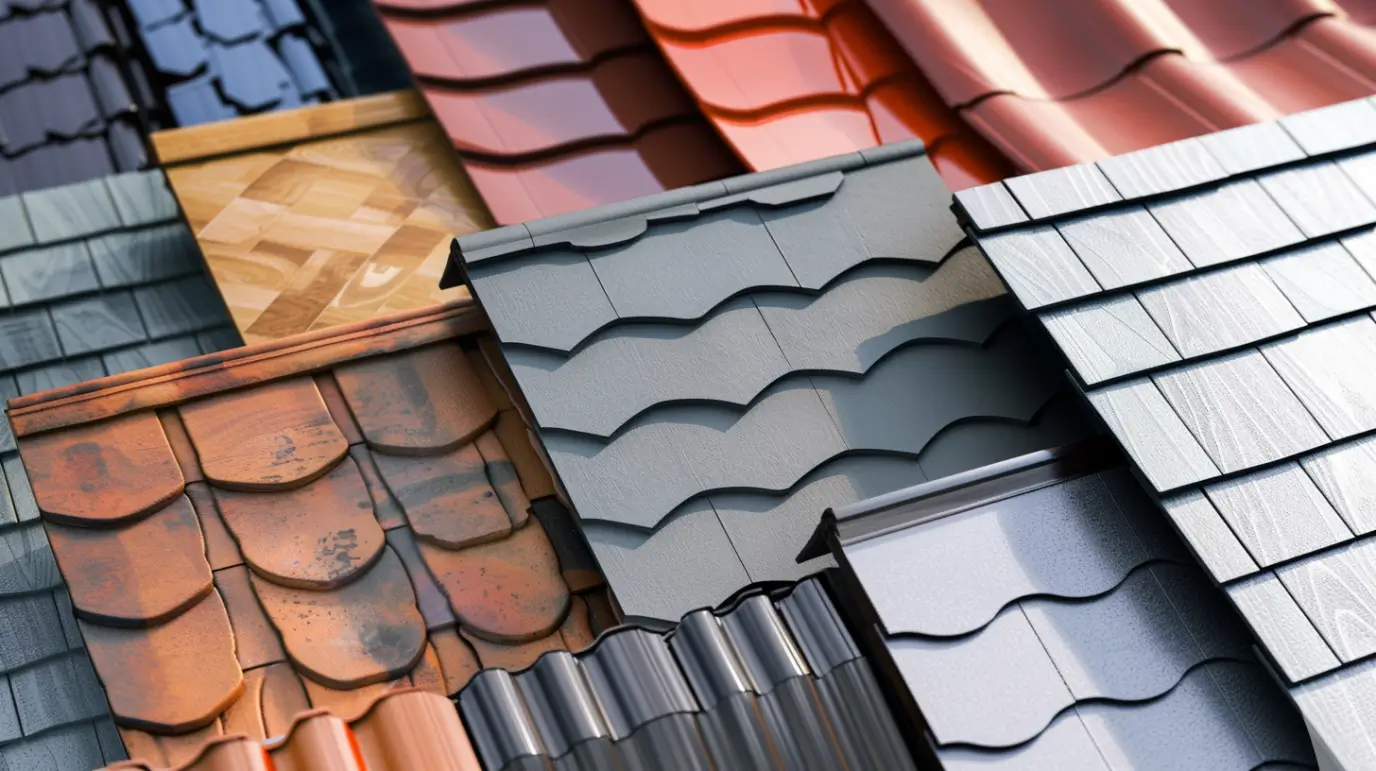
Ideal Roofing Materials for Medium-Slope Roofs
Choosing the right roofing materials for medium-slope roofs requires careful consideration of several factors, including durability and aesthetic appeal. Asphalt shingles represent a versatile option, offering ease of installation and lower material costs, making them a popular choice for residential homes. Their effectiveness in water drainage is paramount for safeguarding against heavy rain, further enhancing their suitability.
Metal roofing emerges as another excellent choice for medium pitches, thanks to its wind resistance and long-lasting performance. This durable material can withstand strong winds and extreme weather conditions, contributing to energy efficiency. Additionally, it can be styled to mimic traditional materials, providing aesthetic benefits while ensuring structural integrity. Ultimately, the right selection will enhance your home’s architectural design and maximize performance.
Asphalt Shingles—The Most Versatile Choice
Asphalt shingles are an excellent choice for residential protection. They’re easy to install, cost-effective, and compatible with various roof types. Their design effectively prevents water infiltration, even on sloped roofs.
Beyond just roofing, asphalt shingles enhance safety with their interlocking structure and provide good insulation, crucial for handling the cold and wet conditions typical in the Midwest. With these shingles, your home remains secure year-round.
Metal Roofing Benefits for Medium Pitches
Metal roofing is a durable option, ideal for medium slope roofs (3:12 to 6:12). The slope aids water drainage, simplifies installation, and reduces costs. It withstands various weather conditions, including strong winds and heavy rain, due to its excellent wind resistance. Additionally, metal roofs enhance energy efficiency by reflecting heat and lowering energy costs, making them a smart choice for both residential and industrial buildings.
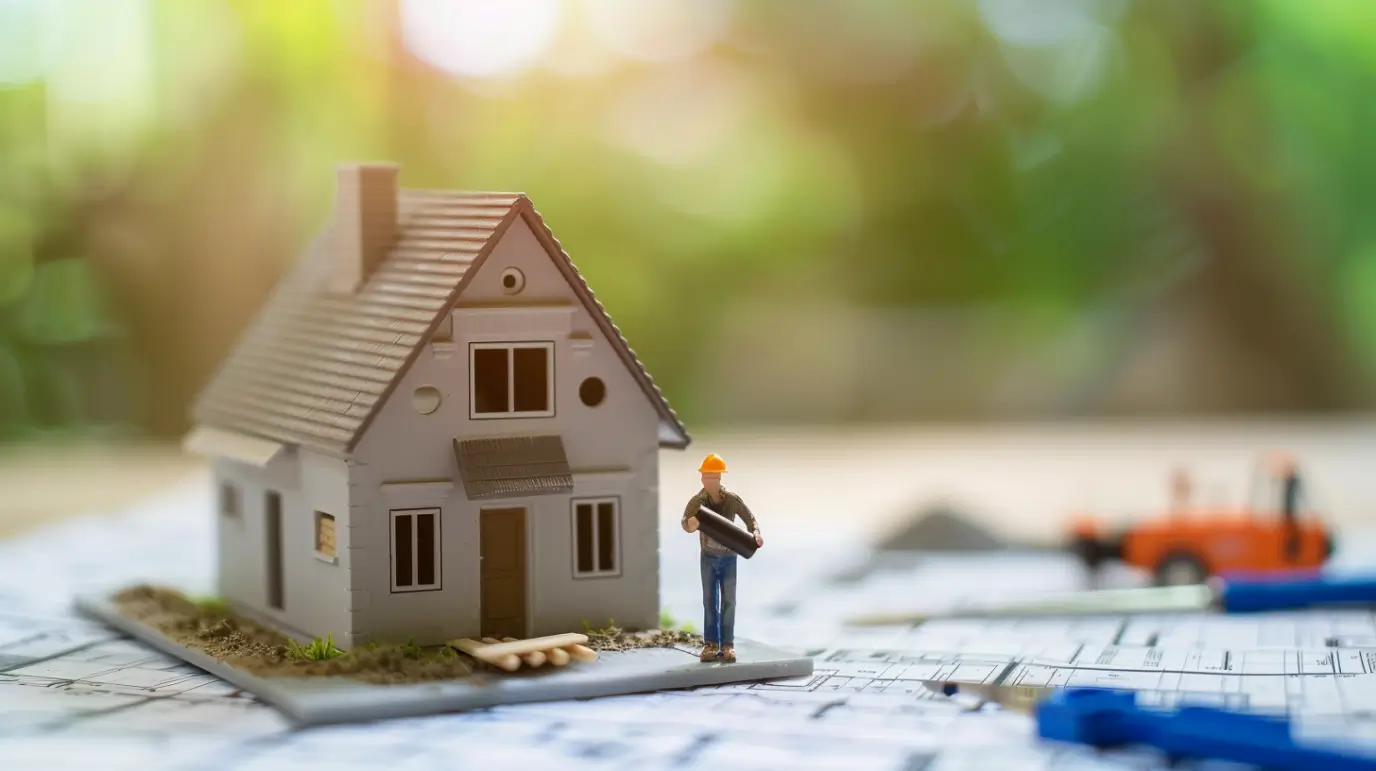
Top Material Choices for Steep-Slope Roofs
Choosing roofing materials for steep roofs requires careful consideration to achieve the desired look and performance. Many opt for metal roofing due to its strength and durability in harsh weather. Alternatives like clay tiles, slate, or cedar shakes offer unique aesthetics and enhance water drainage, essential for prolonging roof life.
All these options contribute to energy efficiency and can influence installation costs and long-term maintenance. Regardless of the material chosen, evaluate each option’s functionality and upkeep requirements.
Tile, Slate, and Cedar Shake Roofing
Tile, slate, and cedar shakes are popular roofing materials for residential homes, each offering unique aesthetics and durability. Their construction and fit enhance water drainage and energy efficiency. In heavy rain areas, clay or concrete tile roofs effectively repel water. Slate roofs provide long-lasting protection, while cedar shakes offer natural insulation to maintain indoor temperatures. Understanding these options aids in selecting the best material for your roof’s pitch, home, and local weather conditions.
Enhanced Aesthetic and Ventilation Advantages
Medium-pitched roofs are appealing as they accommodate various materials like metal shingles and cedar shakes. These options enhance curb appeal and promote effective drainage, preserving the roof’s integrity. Good airflow allows heat and moisture to escape, improving energy efficiency and extending material lifespan. Choosing the right materials significantly enhances your roof’s performance.
Why Choose Us
The slope of a roof significantly influences roofing material choices, impacting durability, installation costs, and maintenance. At Burrage Roofing in Davenport, IA, we recommend metal roofing, clay tiles, and cedar shakes for steep roofs due to their superior wind resistance and water drainage. Choosing the right material enhances aesthetics, energy efficiency, and longevity against harsh North American weather while potentially increasing property value. Our expert team is committed to helping you select the best materials for your home. As an IKO Craftsman Premier Installer and BBB Accredited Business, we prioritize quality and customer satisfaction. Our partnerships with top suppliers like SRS Supply, ABC Supply, Richards Supply, Final Siding, and James Hardie ensure we offer only the finest materials for your projects.
Read our blog: Choosing the Right Underlayment for Your Roof
Frequently Asked Questions
What is the minimum slope required for asphalt shingles?
The minimum slope required for asphalt shingles is 2:12. This means that for every inch of vertical rise, there should be at least two inches of horizontal run. Anything lower may lead to water accumulation and increased risk of leaks.
How does roof pitch affect energy efficiency?
Roof pitch significantly influences energy efficiency by affecting heat retention and ventilation. Steeper roofs promote better airflow, reducing cooling costs in summer, while gentler slopes can lead to increased heat absorption. Thus, selecting appropriate roofing materials for the pitch is essential for optimal energy performance.
